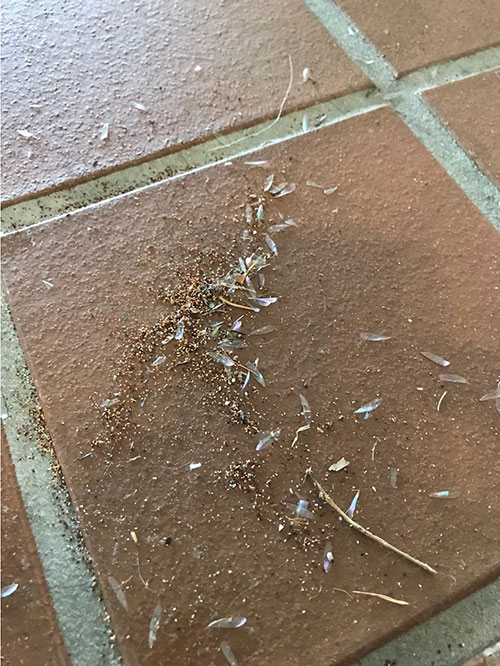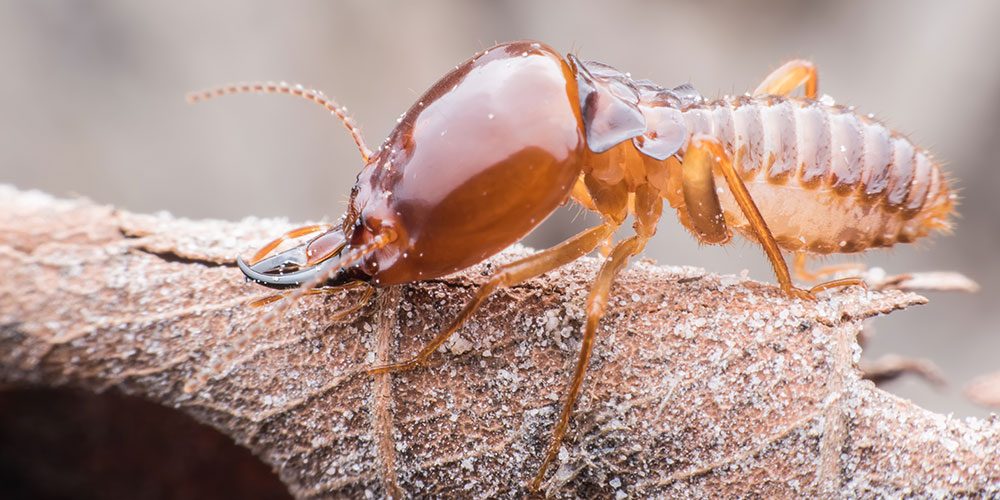One of the biggest fears for any homeowner is termites. No one wants have an infestation of these destructive insects in or around their house. You might think the colder temps in December would cause them to slow down or even die off. So it may come as a surprise when you start seeing signs in your home that something isn’t quite right. However, we at JD Smith know from experience that termites are very active in the winter months – just in a way that isn’t as obvious.
How can termites show up in winter?
When termites are active late in the year, it’s usually because they are cleaning out their nests to make room for a long winter. However, that doesn’t mean you’ll see them. Typically, termites will swarm during the spring and summer. That’s when you can expect to see these destructive bugs.
The subterranean termites are the most common type in the U.S. You can identify this species by looking for a few signs. Depending on whether you are seeing the swarmers, soldiers, or workers, they can range in color from cream to black. In terms of size, they are typically a ¼-inch to ½-inch long. You probably won’t see these termites this time of year. But that doesn’t mean they’re not in your home, potentially causing thousands of dollars in damage. Not only do termites eat wood on a constant basis, they can also attack your:
- Books
- Paper goods
- Plant-based goods
So how do you know if you have a termite problem?
Signs that termites may be in your home?
There’s no substitute for having a qualified inspector assess your home for termites. But if you think you may have an issue, here are a few signs that may indicate termite activity:
- Droppings. These typically look like coffee grounds. You’re seeing them because the termites are cleaning out their nests.
- Discarded wings.
- Blisters in your sheetrock. These may indicate pathways termites are taking to access and feed on wood.
- Damage to your foundation. Because they live deeper in the soil, subterranean termites tend to make tunnels give them the moisture they crave and offer access to your foundation. Cracks in the foundation aren’t caused my termites, but they can provide pathways for them to travel.

How to keep termites away from your home
Once you have a termite infestation, you need to call the professionals. However, there are some steps you can take to limit the opportunity for an infestation. Some of those actions include:
- Reduce the moisture seeping up into your home from the soil. Termites love moisture, which is why they’re so abundant in Florida. Check to see if water is accumulating under your foundation. You should also make sure you have a vapor barrier that prevents moisture from doing damage to the wood at the lowest level of your home.
- Keep plants and shrubs at least a foot away from your home’s foundation. Doing so will provide less easy access for the termites.
- Place a barrier between your mulch and home. Small pebbles and pine needles will work.



